Sir Ralph Sadler (Sadlier)
Name and Title: Sir Ralph Sadler.
Born: 1507 in Hackney, London.
Died: 30 March 1587 at Standon, Hertfordshire.
Buried: St Mary’s Church, Standon, Hertfordshire.
Read more and see images of the tomb here…
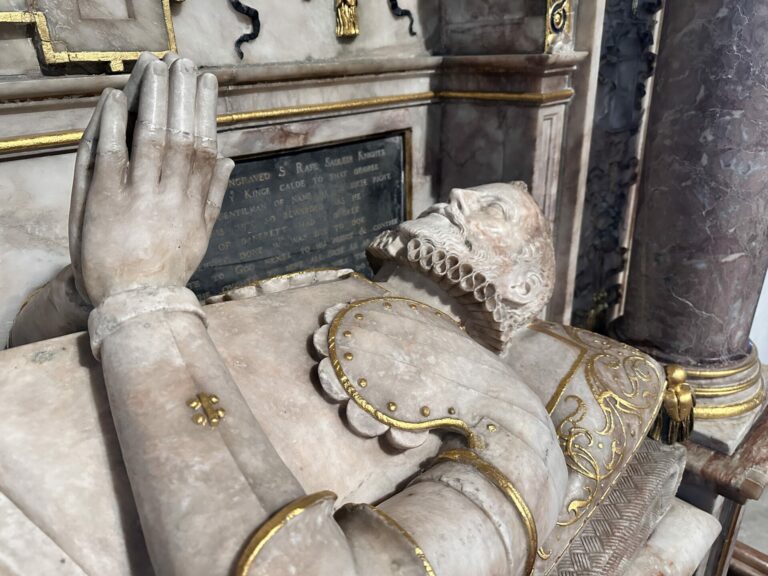
Name and Title: Sir Ralph Sadler.
Born: 1507 in Hackney, London.
Died: 30 March 1587 at Standon, Hertfordshire.
Buried: St Mary’s Church, Standon, Hertfordshire.
Read more and see images of the tomb here…
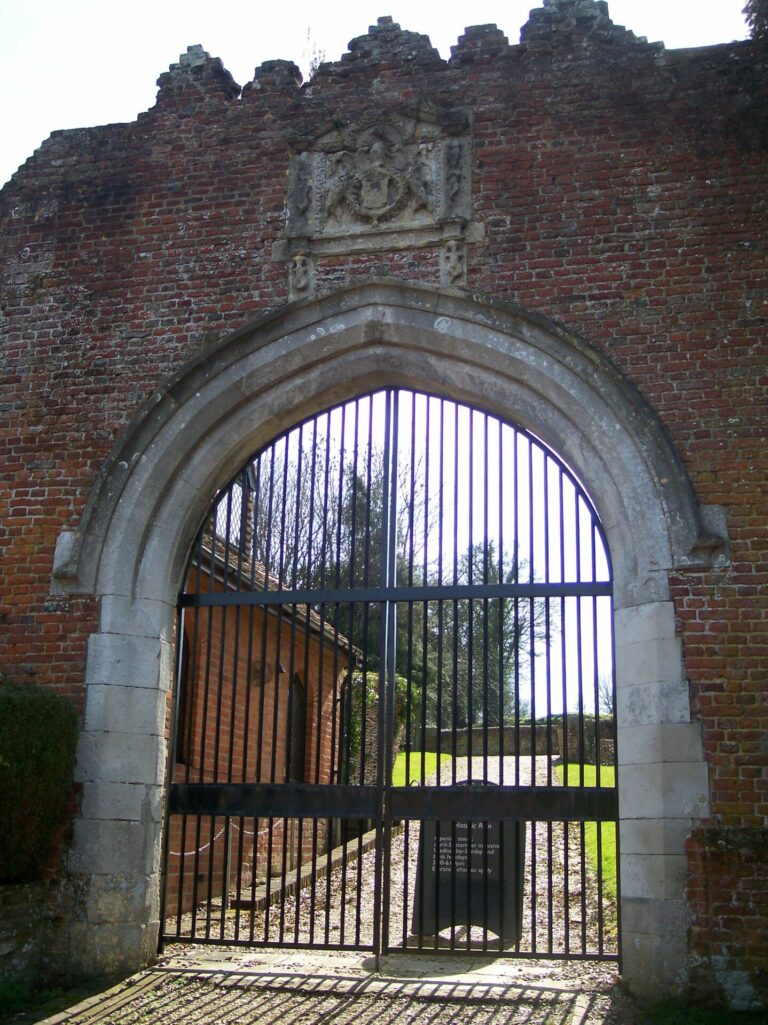
After a short journey from Sherbourne St John, Anne and Henry arrived at Basing House, the principal seat of Sir William Paulet, Comptroller of the King’s Household, on 19 October 1535. One of the finest residences in the country, Basing House covered over 14 acres, and parts of the building rose to five storeys high.
While it is unclear whereabouts in the building the royal couple stayed, records suggest the impromptu two day visit cost Sir William Paulet in the region of £6000 (£600,000 in today’s money).
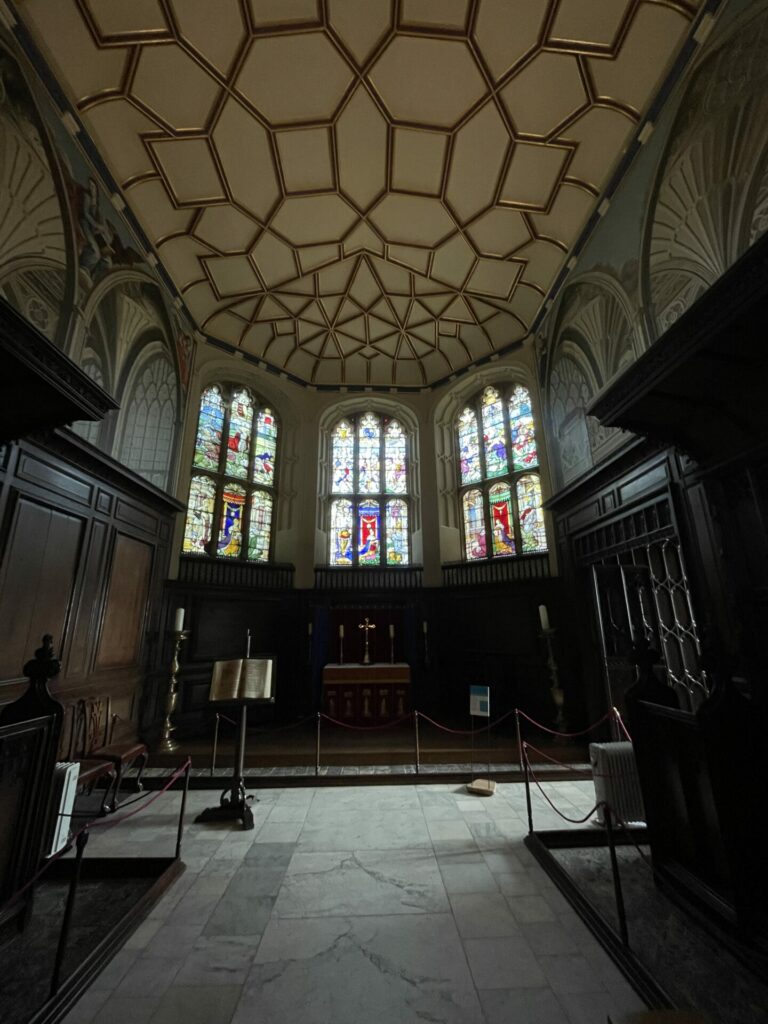
Anne and Henry stayed at the Vyne for four days from 15 October 1531. Once rivalling Hampton Court Palace in size, this magnificent moated manor house retains some of its original features and furnishings.
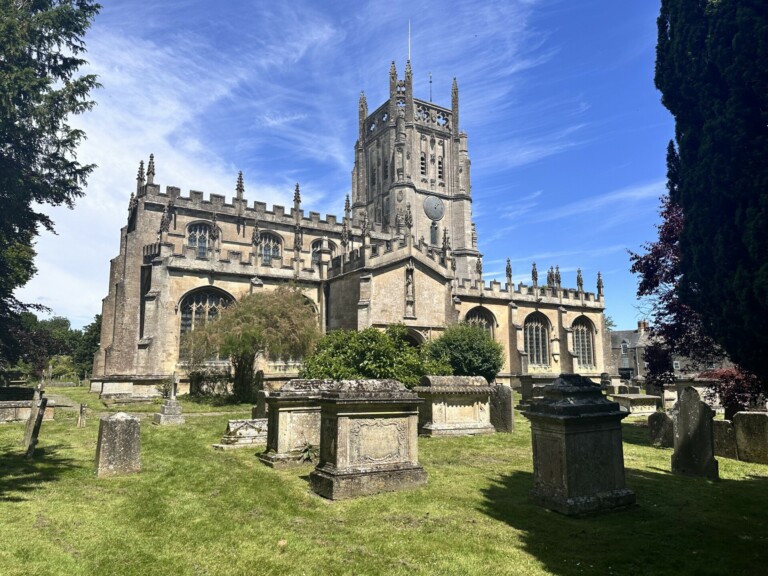
After a couple of day’s lodging at Cotes Place, Henry and Elizabeth moved to their next destination: Fairford, in Gloucestershire, a once eminent Cotswold wool town.
To read the entire article, join the membership by clicking the red button in the top right hand corner of this page.
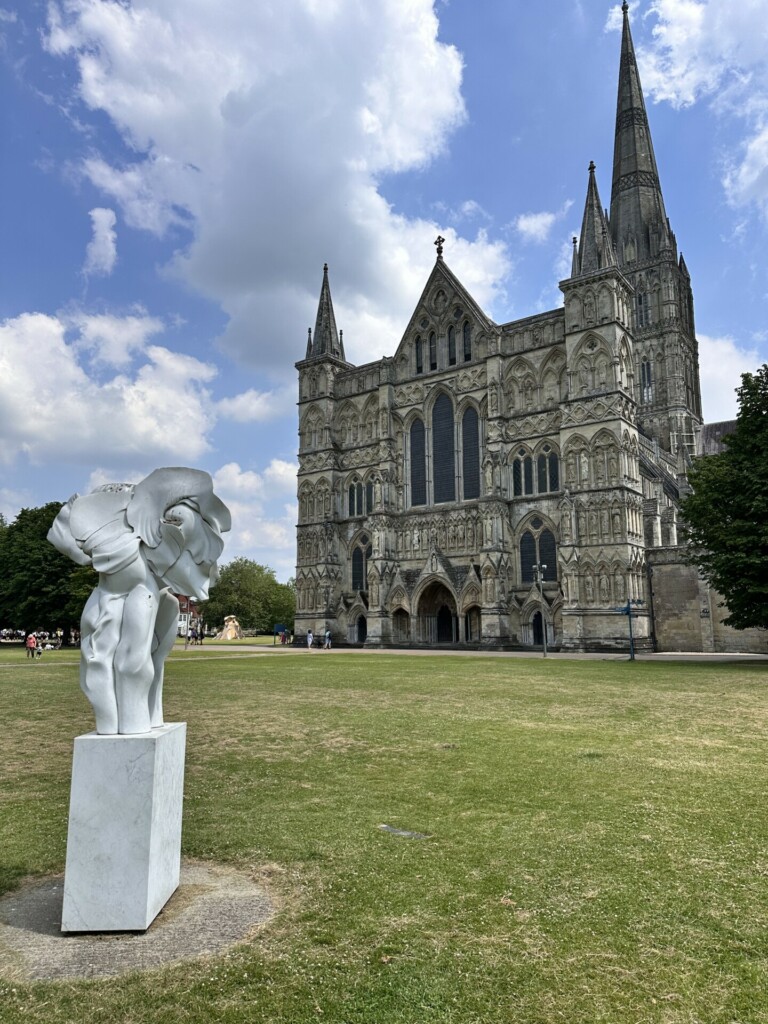
Anne and Henry likely stayed in the present-day Church House during their 1535 progress stop in Salisbury, in the oldest part, the western range, which faces onto the River Avon. This splendid Tudor house still stands today, with many of its medieval features intact.
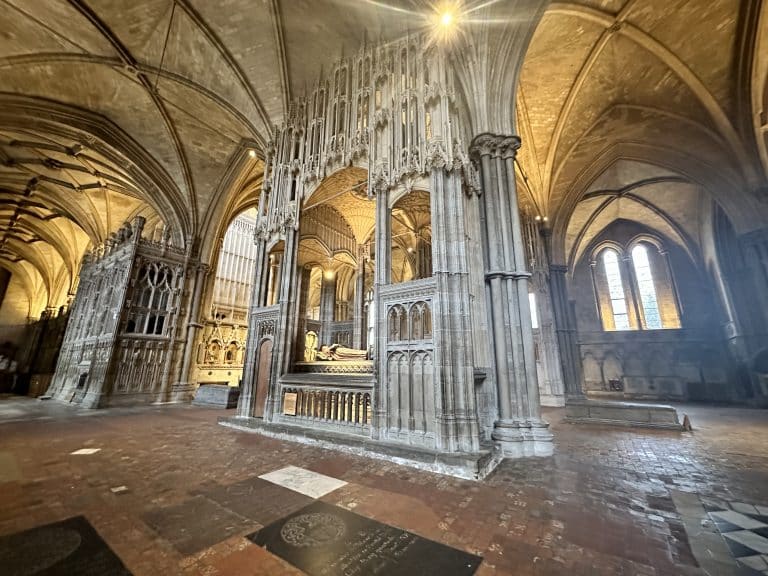
A once luxurious palace, It is likely that Henry and Anne stayed at Wolvesey during their 1535 progress. The intended plan was to stay at Winchester for four or five days but the royal couple were so delighted with the sport on offer, they extended their stay to at least two weeks.
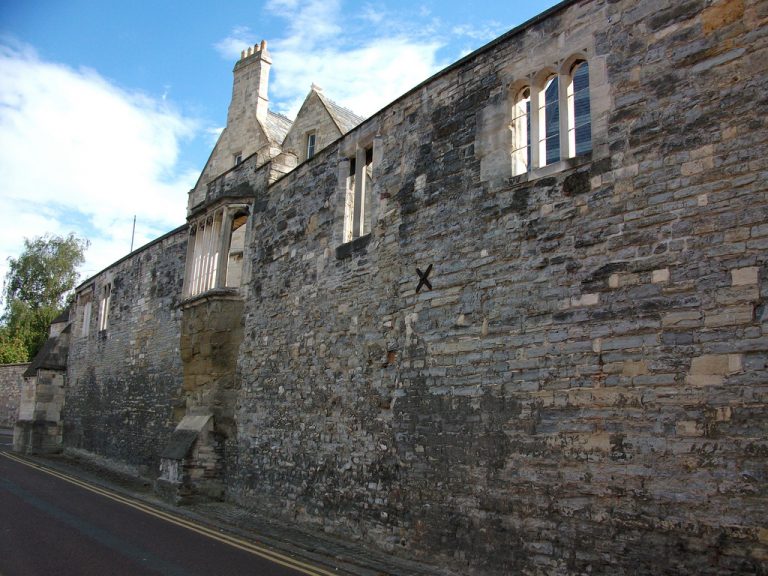
On Saturday 31 July, 1535 Henry and Anne were met by the Mayor of Gloucester, John Falconer; aldermen; sheriffs, Thomas Payne and Richard Edwardes, and about 100 or so burgesses of the ‘town of Gloucester’. They stayed in Gloucestershire for six days, leaving Gloucester itself on Sunday 7 August.
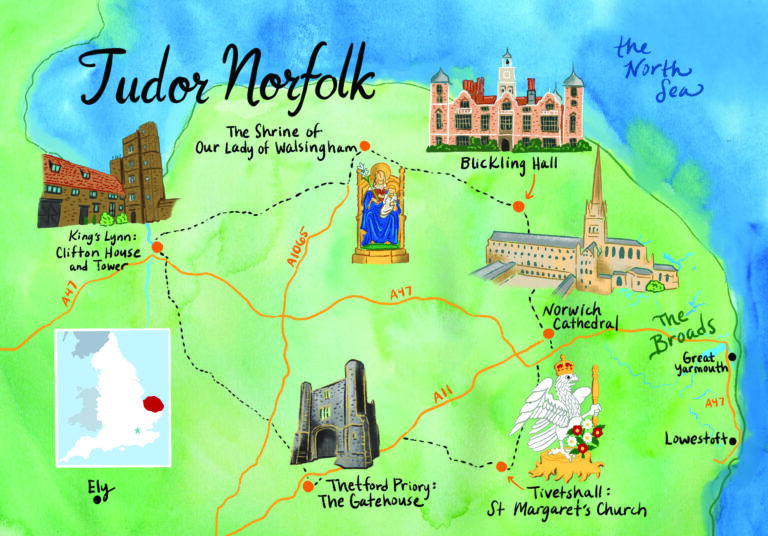
In this guide, we travel to Norfolk, a county steeped in significant Tudor history. At its centre is the city of Norwich, once England’s second-largest and wealthiest city after London. Its eminence was built on its thriving cloth trade, and it was here that the Boleyns established themselves and began to amass their fortune. Let’s find out more!
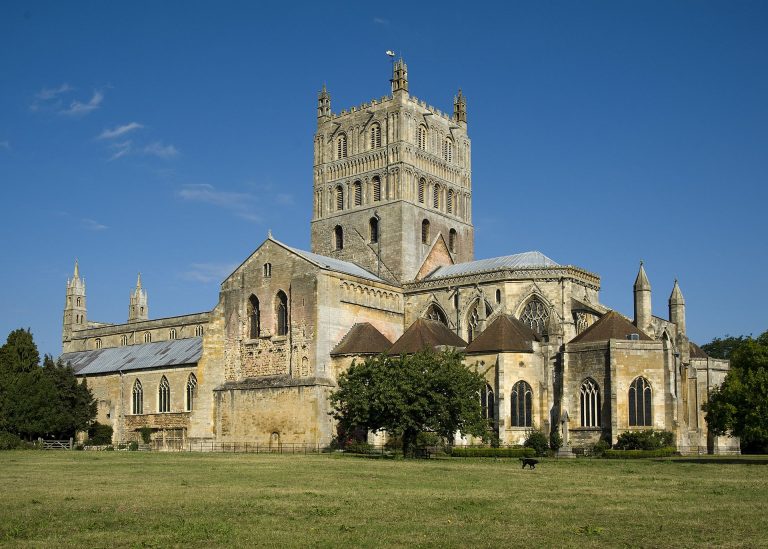
On Monday 26 July 1535, the royal party left Sudeley Castle and made the seven-mile journey north-west to Tewkesbury. In keeping with protocol for all royal arrivals, the mayor and other dignitaries would have received the king, queen and their retinue just outside the town, with the two parties merging to travel in procession to the cathedral or abbey church.
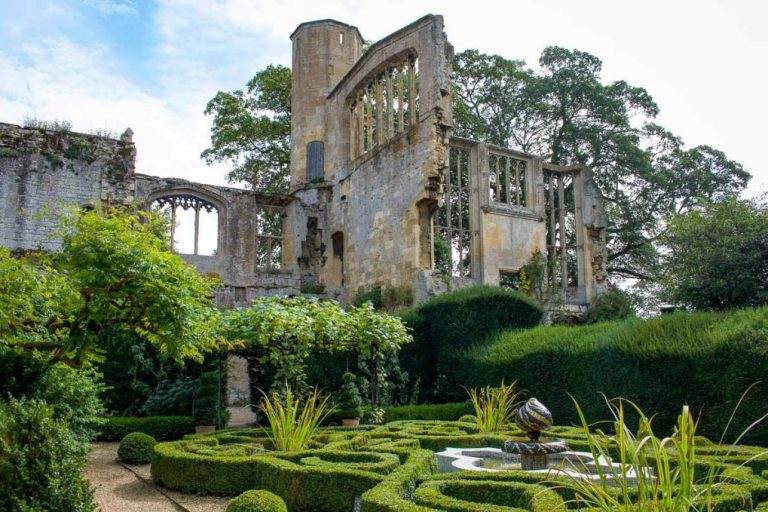
On Wednesday 21 July 1535, Anne and Henry made the fourteen-mile journey from Langley to Winchcombe in Gloucestershire. There they lodged at Sudeley Castle with their immediate retinue, while the rest of the court stayed at nearby Winchcombe Abbey.